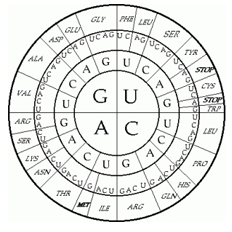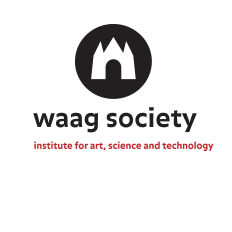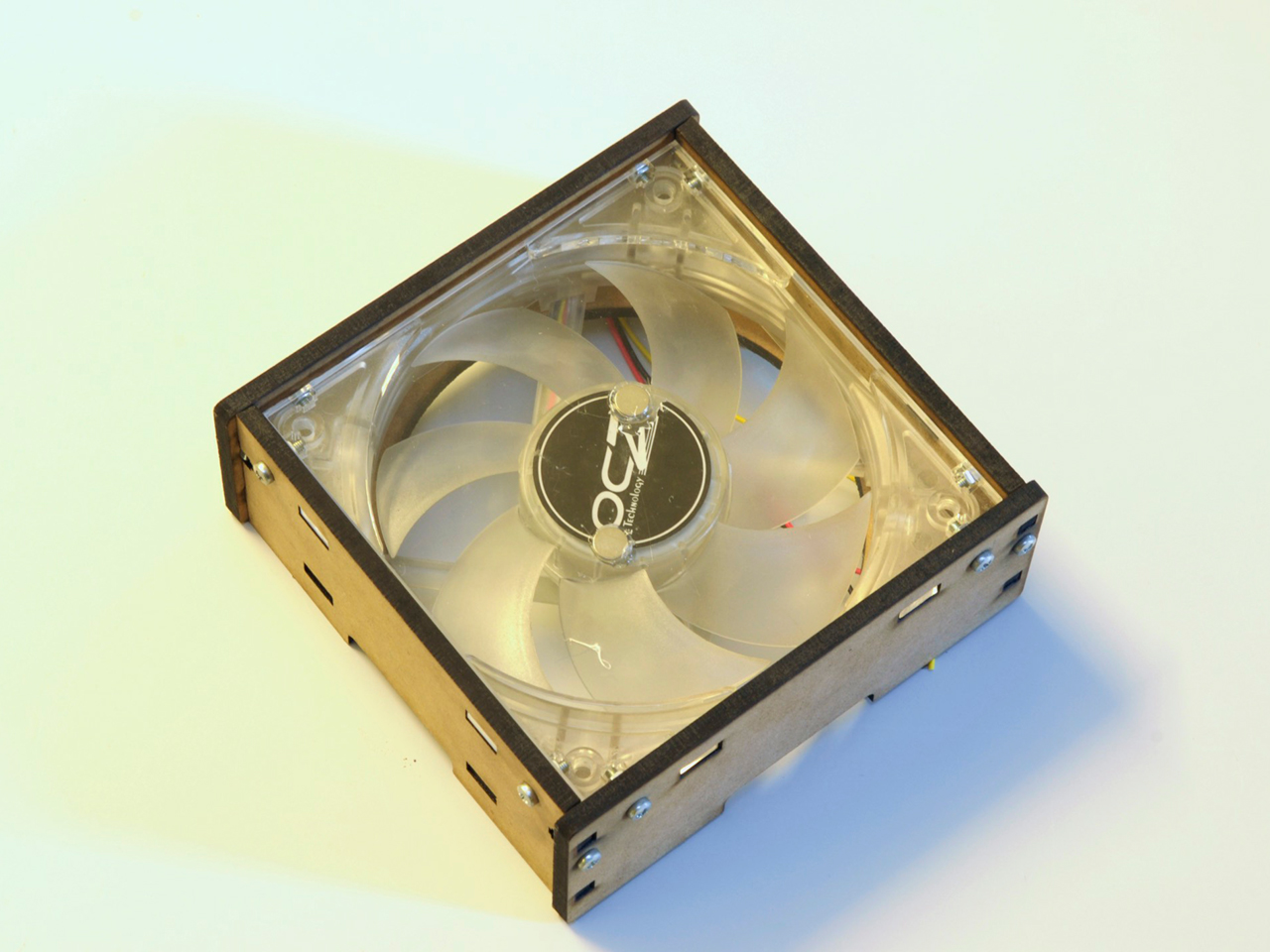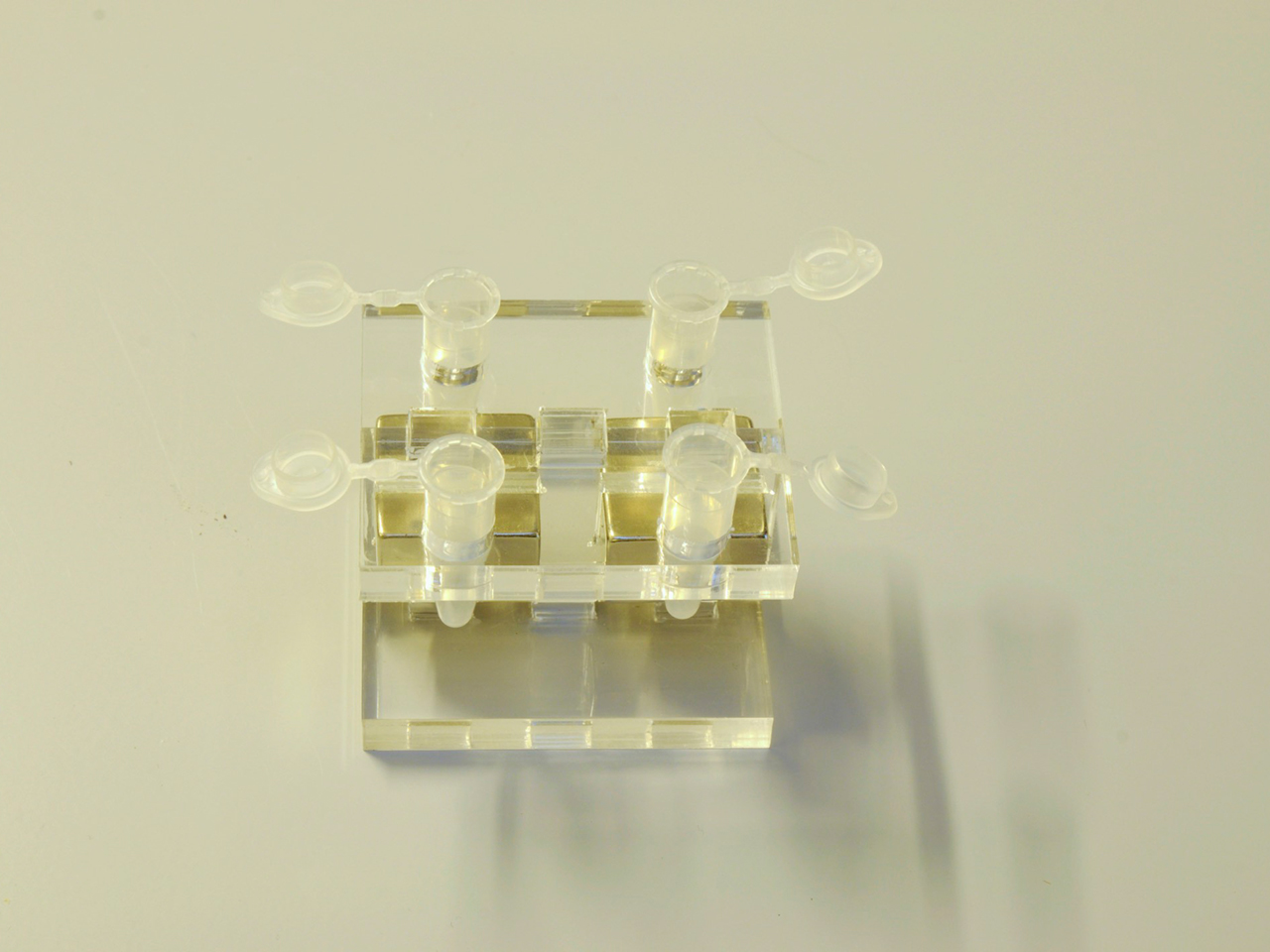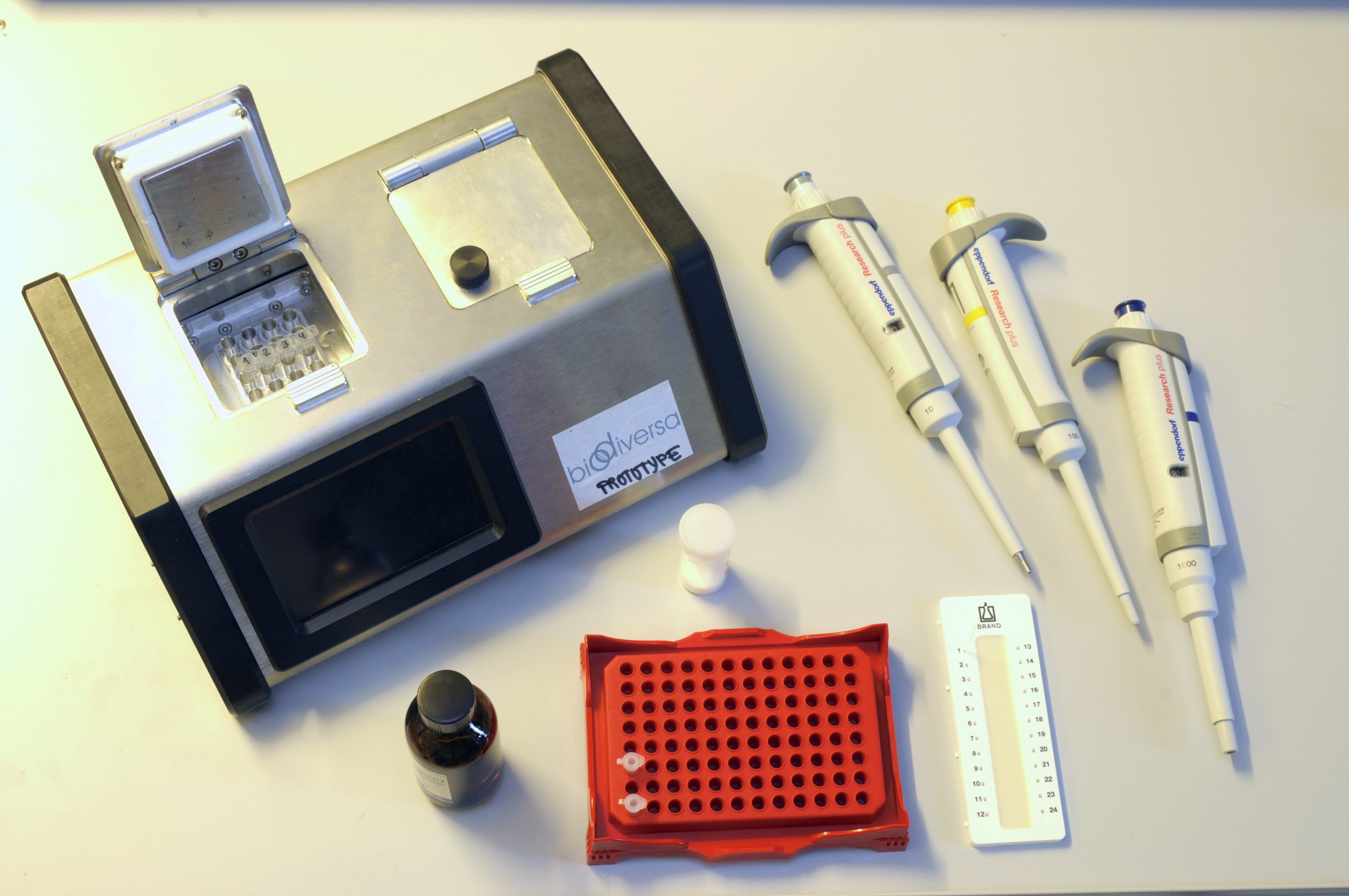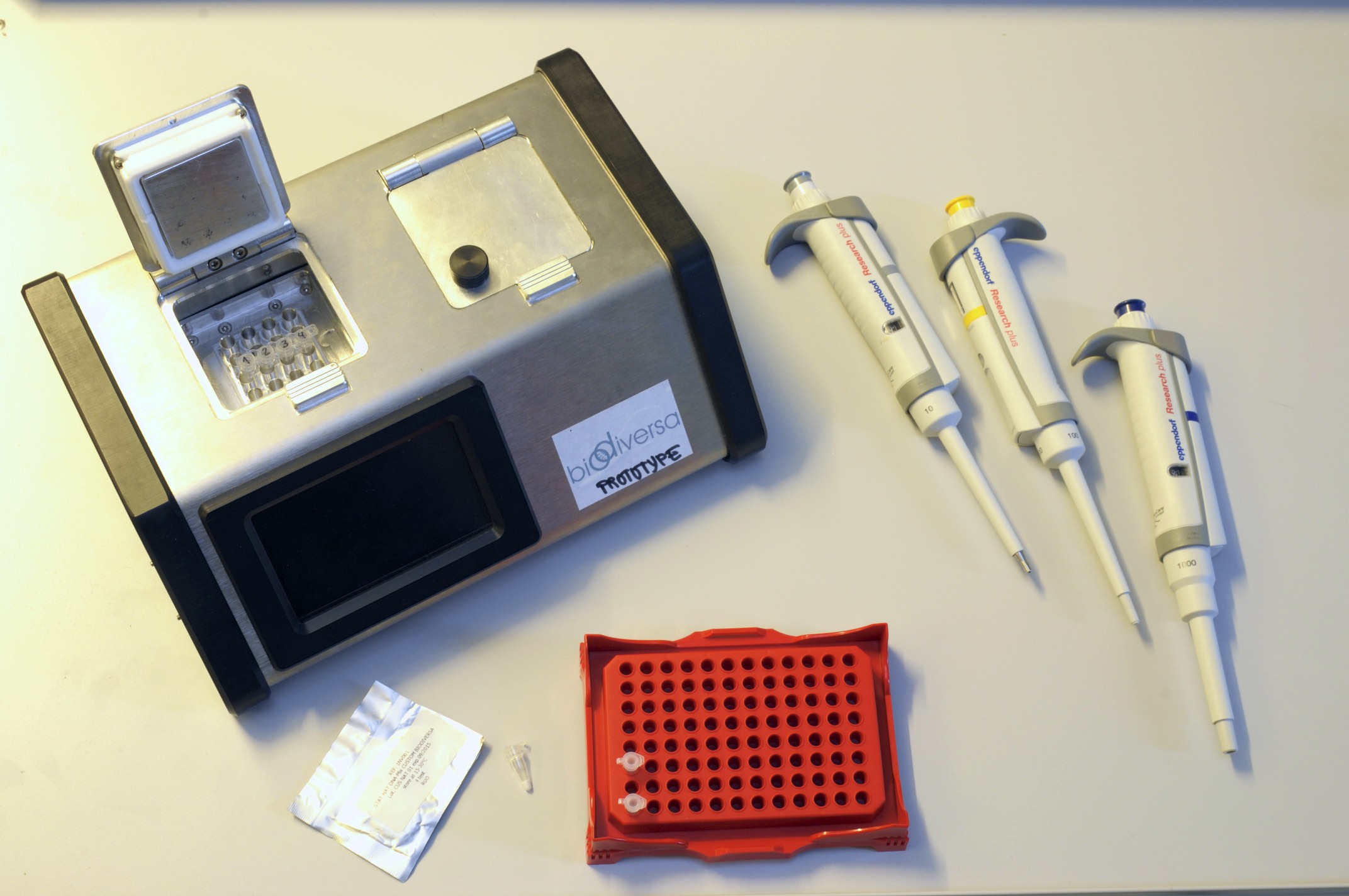HTGAA is a Synthetic Biology Program directed by George Church, professor of Genetics at Harvard medical school. The HTGAA is a part of the growing Academy of (almost) Anything, or the academany. The Academany is a distributed educational model providing a unique educational experience. Each Fab Lab that participates in the Academany program is part of a global Fab Lab / Academany network. These Fab Labs are Nodes that offer the Academany program.
